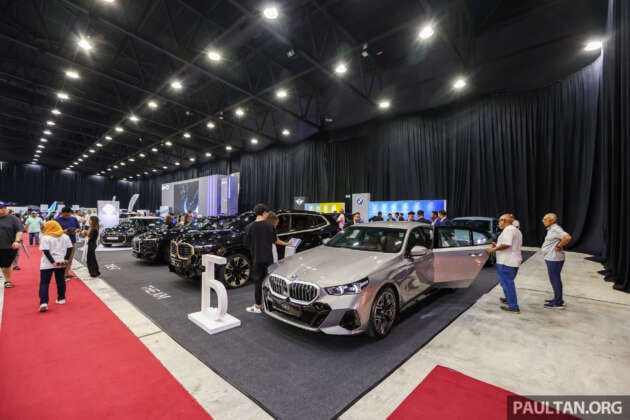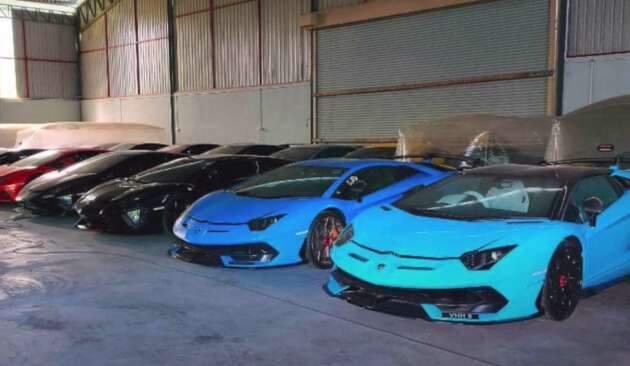Following a Dewan Rakyat sitting on July 29, 2025, it has been revealed that the government has officially scrapped its plan to impose the High Value Goods Tax (HVGT), over a year after it was first announced in Budget 2024.
The government originally set May 1, 2024 to implement the HVGT but this was put on hold after pushback from industry players. The proposed tax rate would have been between 5% and 10% tax and affect cars above RM200,000, watches over RM20,000 and jewellery beyond RM10,000 – it was projected to bring in RM700 million to the government.
In a written parliamentary reply on Tuesday, the ministry of finance (MoF) confirmed that the government has decided not to proceed with the HVGT, previously known as the luxury goods tax. “However, the elements of the HVGT have been incorporated into the revamped sales tax regime, where luxury and discretionary items are now taxed at rates of 5% or 10%,” the MOF stated.
The reply was in response to a query from Datuk Shamshulkahar Mohd Deli, who had asked about the projected increase in national revenue from the government’s fiscal reforms. These reforms included the proposed HVGT, a digital goods tax (DGT), a capital gains tax (CGT), a low-value goods tax (LVGT) as well as the expansion of the sales and service tax (SST).
While the HVGT is no more, the finance ministry anticipates government revenue to increase through other new and expanded tax measures. This includes the broadened scope of the SST that came into effect on July 1, 2025, which is expected to bring in an additional RM5 billion this year, with this figure doubling to RM10 billion by 2026.
Meanwhile, the CGT that came into effect on March 1, 2024 is projected to generate approximately RM800 million annually, while the LVGT that start earlier on January 1, 2024 generated approximately RM500 million in revenue in 2024.









